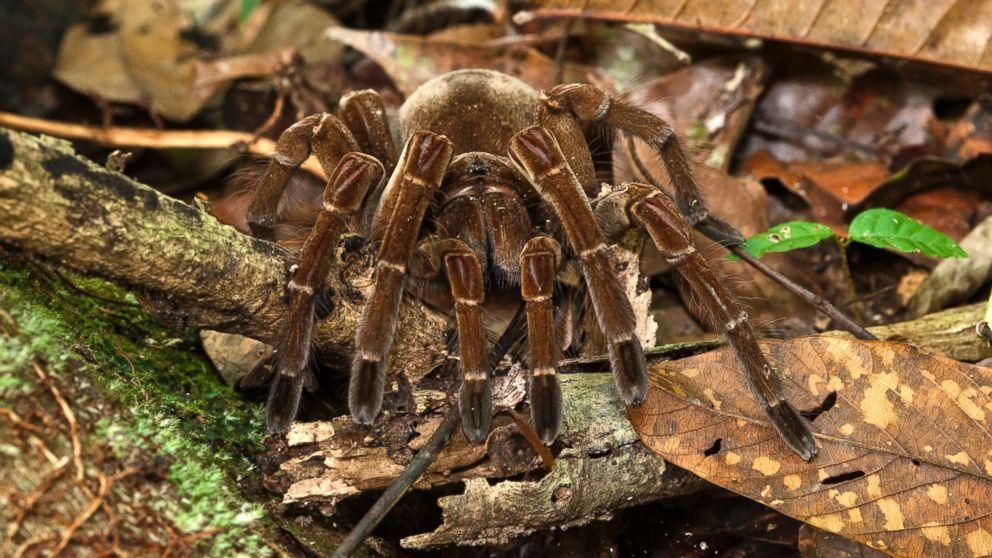Although at first glance it resembles something out of a Steven Spielberg film, the recent pictures surfacing online of “puppy-sized spiders” are in fact real.
In October 2015, Piotr Naskrecki, a scientist at Harvard University’s Museum of Zoology, uploaded several photos of a South American Goliath Bird eater to his blog, The Smaller Majority:
“I pressed the switch and pointed the light at the source of the sound, expecting to see a small mammal, a possum, a rat maybe. And at first this is what I thought I saw, a big, hairy animal, the size of a rodent. But before that second was over I was lunging at the animal, ecstatic about finally seeing one of these wonderful, almost mythical creatures in person” Naskrecki said.
The photos then became a viral sensation overnight across platforms like Twitter and Facebook .Thousands of people have reacted to these images in both admiration and shock.
“I don’t like spiders at all, so if there is one that resembles a big hairy animal- you know I will be terrified. These insects are so uncomfortable to look at, I couldn’t imagine seeing them in person- I’d probably die” Hadeel Fouad, senior, said.
The goliath bird eater spider is the world’s largest spider; and according to Guinness World Records, this large specimen was discovered during an April 1965 expedition in Rio Cavro, Venezuela, where researchers came across a male spider with an 11-inch leg-span. This specimen examined by the Guinness Book of World Records has a body the size of a “large fist” and weighs around 6 oz, or about the same size as a small puppy.
“Although this creature is terrifying to think about, it is actually really cool that some insects can actually be the size of a puppy” Merab Kaleem, senior, said.
The photographs of the goliath bird eater are real, but there is one thing misleading about the spider’s name: this eight-legged creature doesn’t actually eat birds. This monstrous insect is most likely capable of eating birds, but it doesn’t get many opportunities to do so. Instead, the goliath bird eater diet consists mainly of earthworms, frogs, snakes, and other critters scurrying around the rain forest floor.
Though this creature is a hit with scientists and the general public alike, anyone with arachnophobia should stay away from South America as long as possible.













